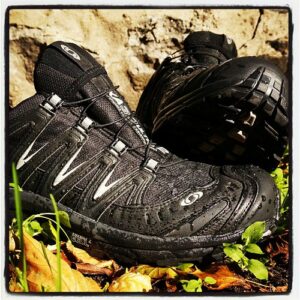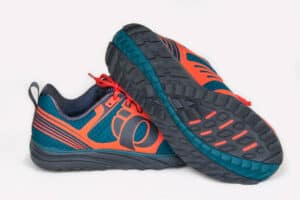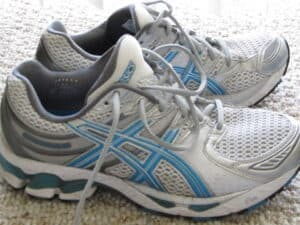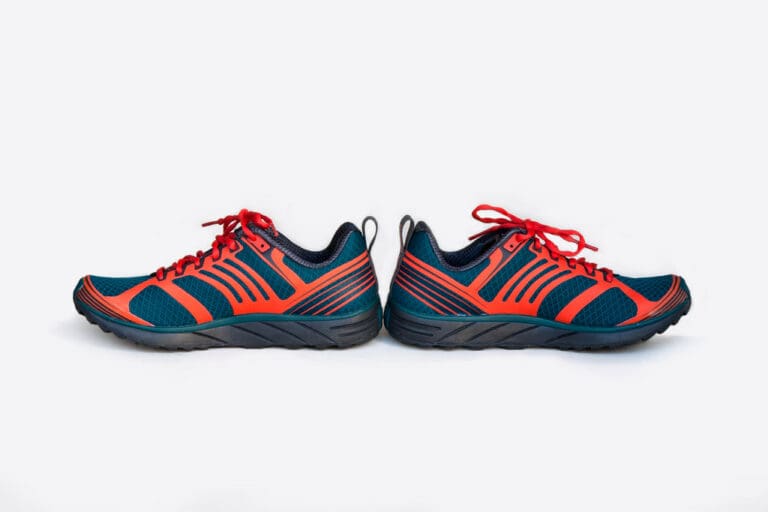What is the difference between running and trail running shoes? When it comes to choosing the right footwear for your running adventures, understanding the difference between running and trail running shoes is crucial. Both serve distinct purposes, designed to optimize performance based on specific terrains and conditions. In this comprehensive guide, we will delve into the key characteristics that set trail running shoes apart from their regular counterparts, shedding light on when and why you should opt for one over the other.
What is the Difference Between Running and Trail Running Shoes
1. Traction Trail Shoes
One of the most prominent distinctions between trail running shoes and regular running shoes is the traction they offer. Trail shoes are equipped with specialized outsoles that provide a superior grip on rough and uneven surfaces, such as dirt paths, rocky terrain, and muddy trails. This feature is particularly essential for maintaining stability and preventing slips and falls in challenging conditions.

2. Support for Uneven Terrain
Trail running often involves navigating through uneven and technical terrain, where regular running shoes may fall short. Trail running shoes are equipped with added features like rock plates, which shield your feet from sharp objects and provide extra support, allowing you to confidently tackle rocky or uneven ground.
3. Better Grip for Varied Surfaces
Trail runners need shoes that can adapt to a wide range of surfaces, from wet rocks to loose gravel. Many trail running shoes utilize stickier rubber compounds in their outsoles, ensuring enhanced traction even in slick conditions. This characteristic is invaluable when navigating through unpredictable and challenging environments.
4. Breathable Uppers for Comfort
While both trail running shoes and regular running shoes prioritize comfort, trail shoes often come with breathable uppers that allow for better airflow. This feature is particularly beneficial when running in warmer conditions or for extended periods, preventing overheating and discomfort.
5. Durability for Rough Terrain
The nature of trail running demands footwear that can withstand the rigors of rough, uneven surfaces. Trail running shoes are built with durable materials and reinforced construction to endure the harsh conditions they are likely to encounter. This ensures that your shoes remain in optimal condition even after numerous trail adventures.
When to Wear Trail Running Shoes
1. Off-Road and Uneven Surfaces
Trail running shoes are designed for off-road excursions, providing the necessary grip and support for uneven surfaces. Whether you’re navigating rocky paths or tackling technical terrain, these shoes are your best companion.
2. Rocky Terrain and Sharp Objects
If your running route involves sharp rocks or potentially hazardous objects, trail running shoes with rock plates offer essential protection. This extra layer safeguards your feet from injury, allowing you to focus on the trail ahead.

3. Wet and Slick Conditions
The superior traction of trail running shoes makes them an excellent choice for wet or slippery conditions. The stickier rubber outsoles provide the grip needed to confidently traverse through challenging environments.
When to Stick with Regular Running Shoes
1. Hard Pavement and Smooth Surfaces
For everyday road running or races conducted on well-maintained, flat ground, regular running shoes are typically the preferred choice. Their smoother outsoles are optimized for hard surfaces and offer a comfortable experience.

2. Personal Preference and Running Style
Ultimately, the choice between trail running shoes and regular running shoes boils down to personal preference and running style. While trail shoes excel in specific terrains, some runners may find them less comfortable on smoother surfaces or prefer the lighter feel of road shoes.
Final Thoughts
Understanding the nuances between running and trail running shoes is crucial for optimizing your performance and ensuring a comfortable and safe running experience. By considering the terrain, conditions, and your personal preferences, you can make an informed decision on when to wear trail running shoes versus regular running shoes. Remember, the right footwear can make all the difference in achieving your running goals.
